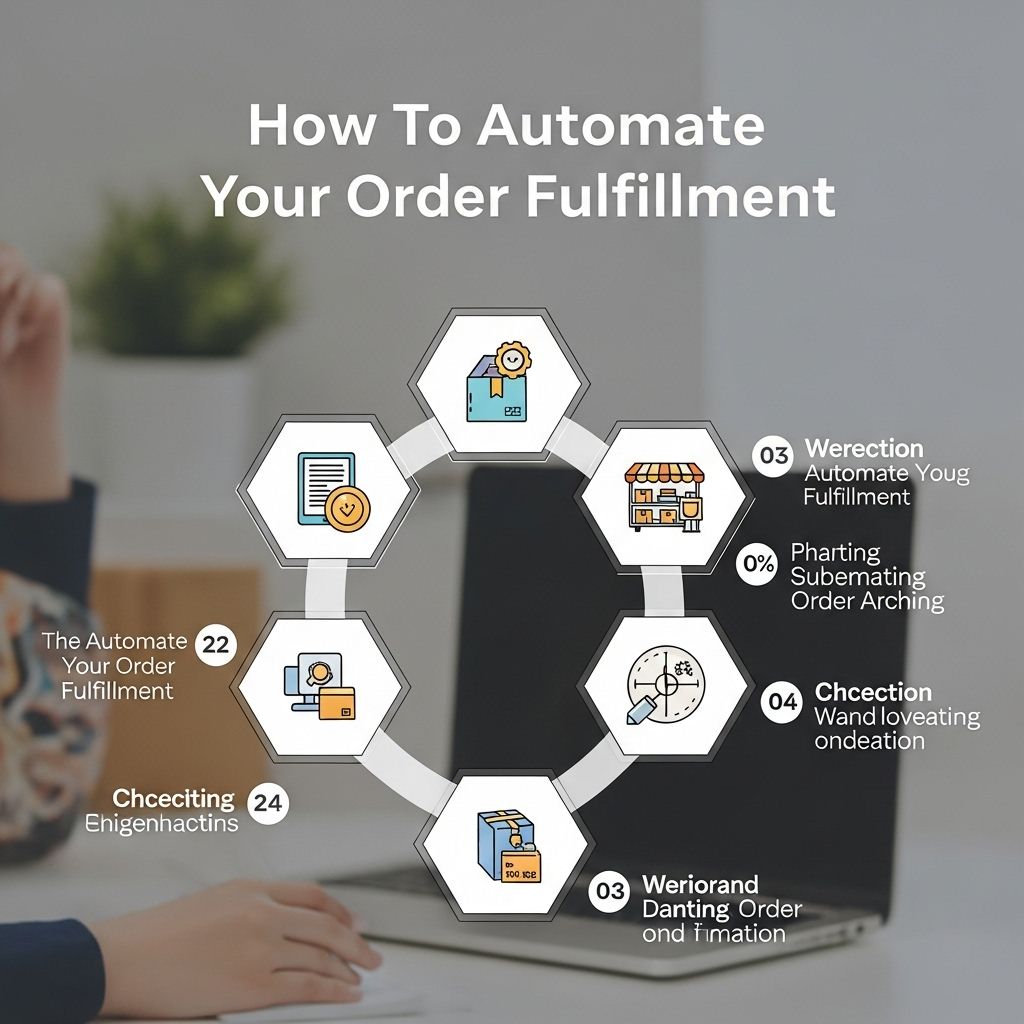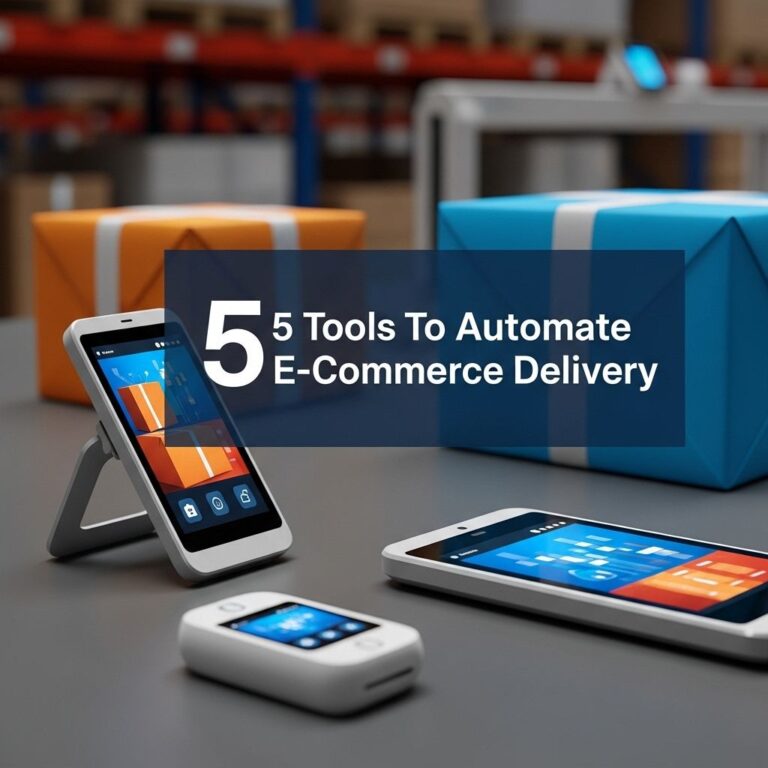In the fast-paced world of e-commerce, automation has become a critical element that can streamline operations and enhance customer satisfaction. Order fulfillment, in particular, can be a complex process that involves multiple steps including inventory management, order processing, packaging, and shipping. Automating these steps not only saves time but also reduces the chances of human error and improves efficiency. This article will explore various methods and tools for automating your order fulfillment process, ensuring a seamless experience for both you and your customers.
Table of Contents
Understanding Order Fulfillment
Order fulfillment is the complete process of receiving, processing, and delivering orders to customers. It encompasses several stages:
- Inventory Management: Keeping track of stock levels and ensuring that products are available.
- Order Processing: Receiving and processing customer orders.
- Packaging: Preparing products for shipping.
- Shipping: Delivering products to customers.
Each of these stages can benefit from automation, enhancing overall performance and customer satisfaction.
The Benefits of Automating Order Fulfillment
Before diving into the methods and tools available, it’s essential to understand the benefits of automating your order fulfillment process:
- Efficiency: Automation speeds up the entire process, allowing for faster order processing and delivery.
- Accuracy: Reduces the risk of human error in order-taking and inventory management.
- Cost Savings: Minimizes labor costs and the expenses associated with errors.
- Scalability: Facilitates handling increased order volumes without the need for additional manpower.
Steps to Automate Your Order Fulfillment Process
1. Invest in Inventory Management Software
Having the right inventory management software is crucial. Features to look for include:
| Feature | Description |
|---|---|
| Real-time tracking | Monitor stock levels in real-time to prevent stockouts. |
| Supplier management | Easily manage suppliers and reorder stock. |
| Reporting and Analytics | Generate reports to analyze sales trends and inventory needs. |
2. Automate Order Processing
Order processing can be automated using a variety of tools:
- Order Management Systems (OMS): Centralize order data and automate workflows.
- API Integrations: Connect your e-commerce platform with different software like payment processors and shipping services.
3. Streamline Packaging
Automating the packaging process can greatly enhance speed and efficiency. Consider the following:
- Automated Packing Machines: These machines can pack products quickly and uniformly.
- Custom Packing Lists: Automatically generate packing lists to streamline the process.
4. Optimize Shipping Solutions
There are several shipping solutions that can be integrated to automate the shipping process:
- Shipping Software: Tools like ShipStation or Easyship can automate label printing and tracking.
- Third-Party Logistics (3PL): Partnering with 3PL providers can offload the shipping responsibilities and leverage their expertise.
Choosing the Right Tools for Automation
With a plethora of tools available, here are some popular options that stand out:
- Shopify: Ideal for e-commerce businesses; comes with built-in automation features.
- WooCommerce: A customizable WordPress plugin with various extensions for order fulfillment.
- ShipBob: A logistics platform that integrates with your store to automate warehousing and shipping.
Common Challenges in Automating Order Fulfillment
While automation offers numerous benefits, it also comes with challenges:
- Initial Setup Costs: The initial investment in software and systems can be significant.
- Integration Issues: Ensuring all systems work seamlessly together can be complex.
- Employee Training: Staff must be trained to use new systems effectively.
Best Practices for Successful Automation
To ensure successful implementation of automation in your order fulfillment process, consider these best practices:
- Start Small: Begin with one aspect of the fulfillment process and scale up.
- Monitor Performance: Track key performance indicators (KPIs) to assess the impact of automation.
- Seek Feedback: Get feedback from employees and customers on the new processes.
Conclusion
Automating your order fulfillment process can significantly enhance your operational efficiency, accuracy, and customer satisfaction. By investing in the right tools and following best practices, businesses can streamline this complex process and meet the growing demands of a competitive e-commerce landscape. As technology continues to evolve, staying ahead of the curve with automation will be essential for any thriving business.
FAQ
What is order fulfillment automation?
Order fulfillment automation refers to the use of technology and software solutions to streamline and automate the process of receiving, processing, and delivering customer orders.
Why should I automate my order fulfillment process?
Automating your order fulfillment process can improve efficiency, reduce human errors, enhance customer satisfaction, and save time and costs associated with manual processes.
What tools are available for automating order fulfillment?
There are various tools available for automating order fulfillment, including inventory management software, order management systems, and shipping software that can integrate with eCommerce platforms.
How do I choose the right order fulfillment automation software?
To choose the right software, consider factors such as your business size, order volume, integration capabilities, user-friendliness, and the specific features you need for your fulfillment process.
What are the common challenges in automating order fulfillment?
Common challenges include integrating new software with existing systems, managing inventory accurately, and ensuring that the technology aligns with your business processes.
Can small businesses benefit from order fulfillment automation?
Yes, small businesses can greatly benefit from order fulfillment automation by increasing efficiency, reducing costs, and improving customer service, allowing them to compete more effectively in the market.









